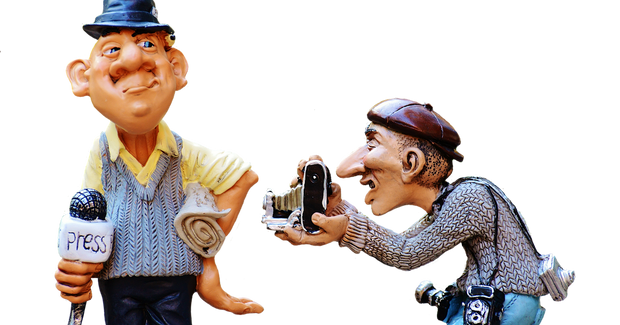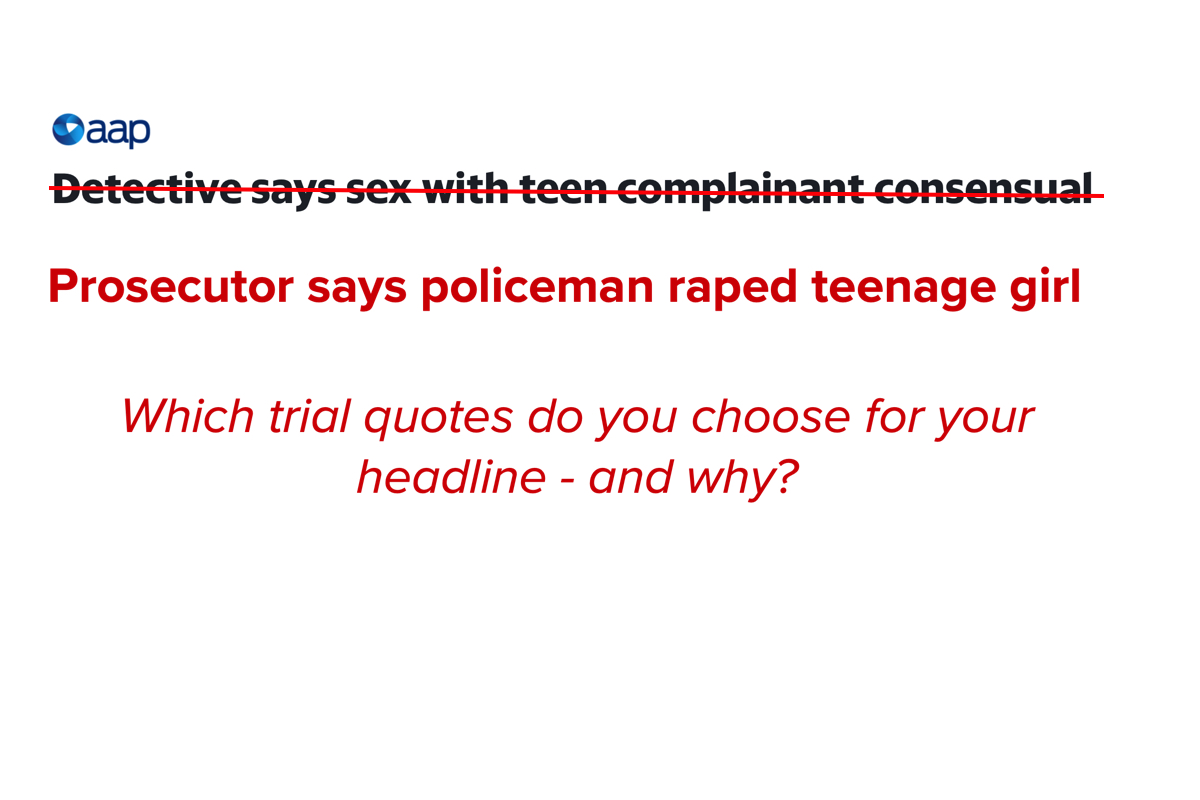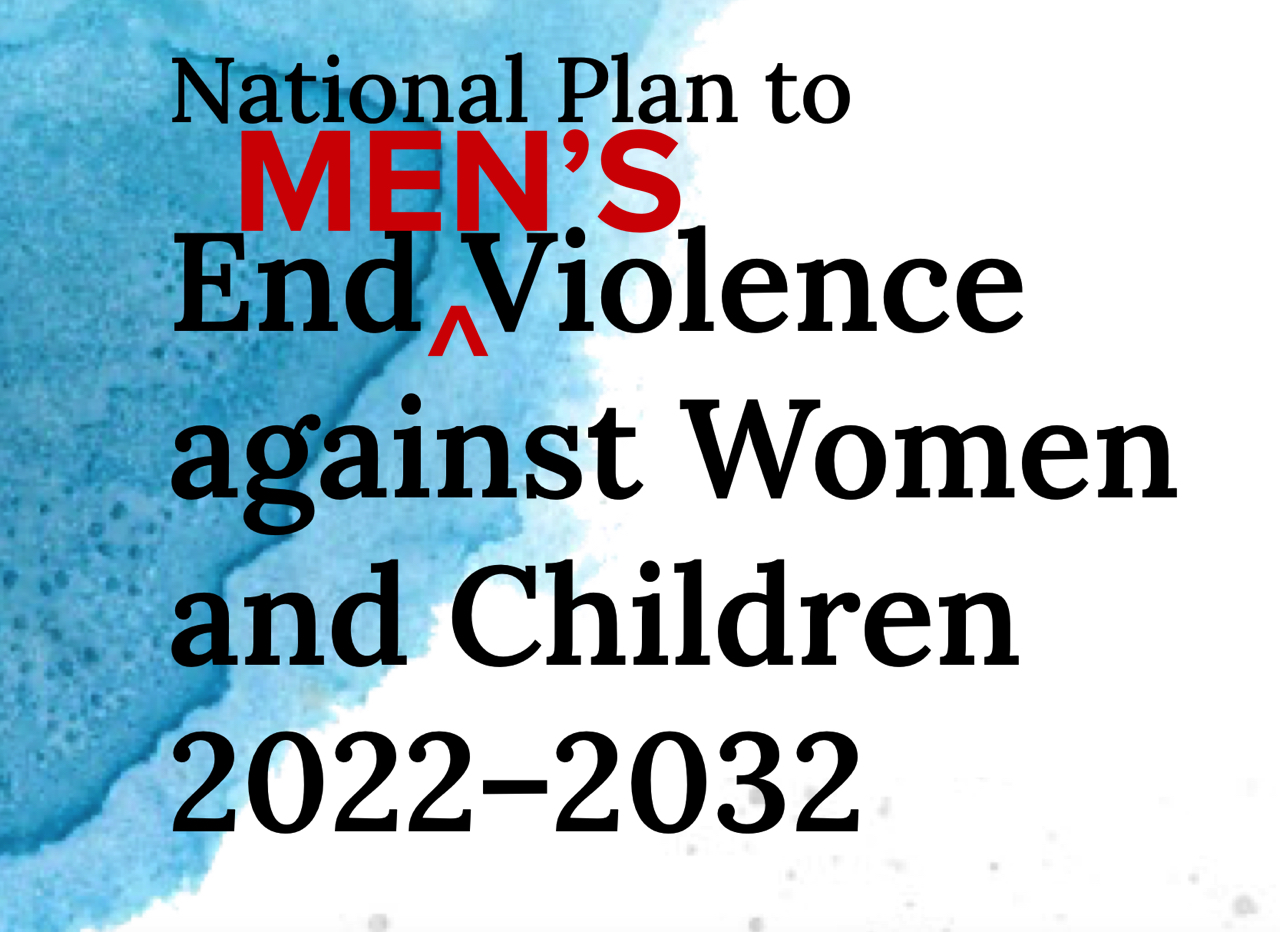This is a question that comes up quite often. Particularly egregious headlines will make people angry, which quite naturally, means they want someone to blame. I get it. I do too. This work would be so much easier if there was just one or two people who were the cause and the source of the problem. We could target them, and even if we couldn’t change their minds, we might be able to change their behaviour and there you go, problem solved.
Unfortunately, that’s just not the case. Anyone who has followed Fixed It will know the fixes happen across all mainstream publications that publish breaking news, crime and court reporting. (The reasons it’s focussed in those areas are complex. If you’d like to find out more, it’s covered fully in the Fixed It book.)
After years of doing this work, I believe that targeting journalists who wrote an article published under a terrible headline does more harm than good.
Journalists almost never write their own headlines. It might happen sometimes in digital publications or smaller outlets, but it’s impossible to know for sure. Some newsrooms still have sub-editors to write headlines, but they’re mostly concentrated in print publications where headlines are about attracting attention and using space on the page. Digital headlines are more likely to come from journalists but they could also be written by an editor, another journalist, or a section head and there is no way of finding out who that might have been. Online headlines are usually written with the need to attract attention in mind, but they’re also about search engine optimisation and social media shares. Any number of people could be involved in this process.
To give an example, if a journalist from the Daily Telegraph wrote an article about a murder in Sydney, the headline for the print edition might be written by the sub-editor, the section editor or the head of the newsroom. The same article could go out on the Tele’s digital edition under a headline written by any of the digital editors or sub-editors working that day. The Herald Sun, the Courier Mail, The Hobart Mercury and NT News might all republish the article in their print or digital editions, and each of them might use a different headline written by a different person. The article might also be posted on Facebook under yet another headline from the social media manager, and on Twitter with a much shorter one written by whoever is running their twitter feed that day. It’s extremely unlikely the journalist who wrote the article would be able to write or even keep track of all the different headers posted over their piece. It’s equally impossible for someone outside all these newsrooms to identify the person responsible for one specific headline.
In the early days of Fixed It, I used to leave the journalist’s by-line in the headline image, which would sometimes lead to a social media pile-on against a journalist who had no say in creating the problem and could not argue that they didn’t write it, or even that they objected to it (which happens more than you’d think), without dragging their editor into a shitstorm – a move not conducive to a long lasting career in journalism.
Even if it was possible to identify a person who wrote one specific terrible headline, I’d still be disinclined to name them. The erasure of men’s violence against women in the media is not about any one individual, it’s an embedded culture of wilful ignorance and adherence to myths that still exists in some sections of the media, which also creates the feedback loop between community attitudes and media reporting.
Inciting a social media backlash against one specific journalist removes our ability to see it and address it as a systemic problem.
Tagging the publication as a whole is much more effective, and I do that as much as possible. Although this issue is not limited to any one outlet, significant audience pushback directed at the publication as a whole can influence directives from the heads of newsrooms. In some cases, this might only happen because they want to avoid negative publicity rather than that they actually understand why the reporting is a problem.
However, when I started this six years ago there were multiple headlines to fix every day. That’s dropped to a couple each week. This would not have happened if it was just me shouting alone in the wilderness. It’s due to the strong public response and journalism’s (albeit slow) adaptation to the need to listen to their audience’s rejection of traditional forms of reporting men’s violence against women.
So, if you’re angry about the headlines that come up in Fixed It, and you should be, tag the publications, share the fixes on social media so others can too, support the Fixed It project, and settle in for the long haul. Change always takes far longer than we want it to.





